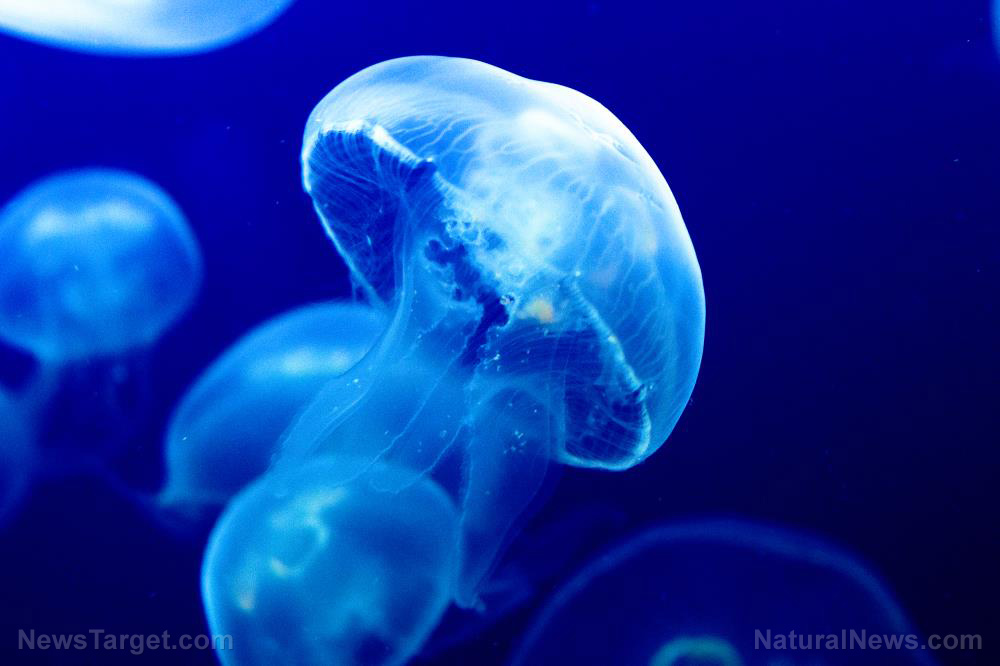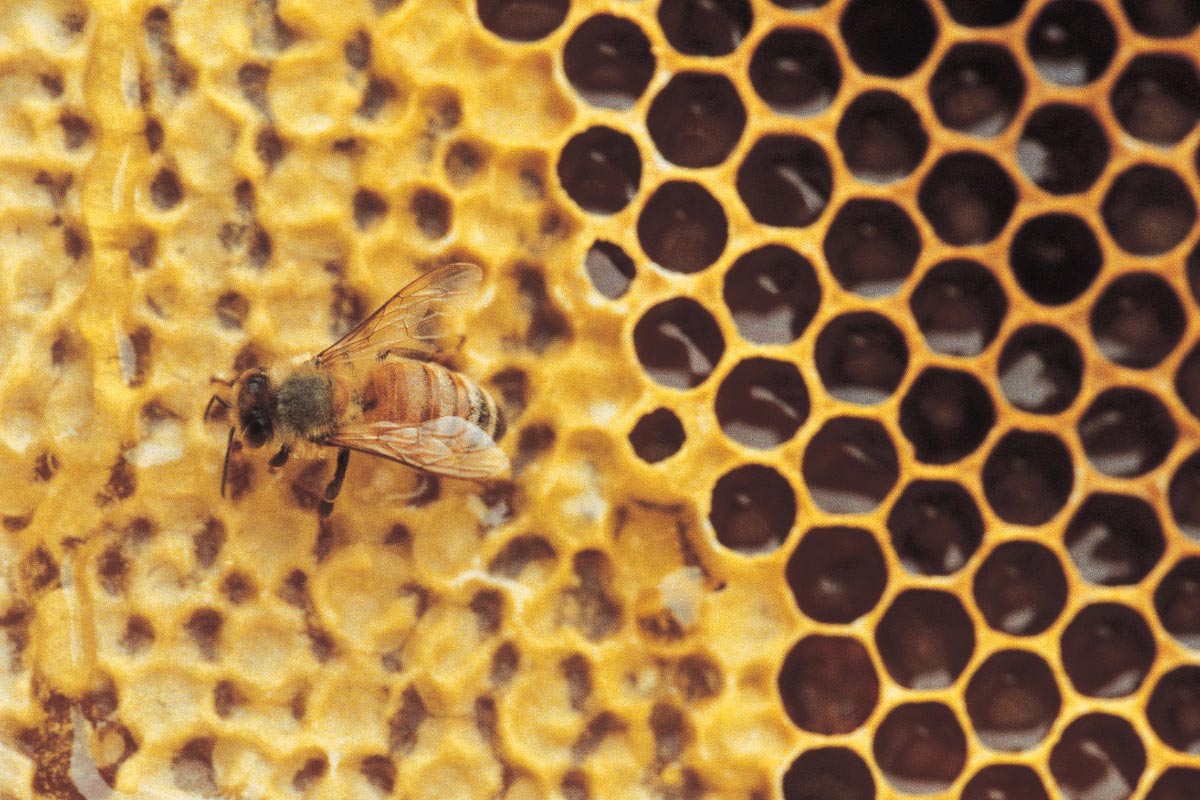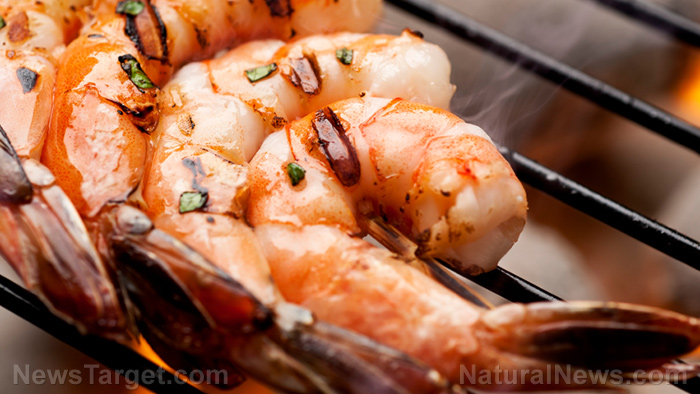Massive pink jellyfish with 70-foot tentacles terrorize Texas coastline
09/24/2025 / By Cassie B.

- Massive 50-pound “pink meanie” jellyfish with 70-foot tentacles are invading Texas Gulf Coast beaches in rare numbers this summer.
- These predatory giants feed on moon jellyfish and were only classified as a new species in 2011, requiring an entirely new biological family.
- Although their stings are mostly mild, some beachgoers report intense pain, with vinegar recommended for treatment.
- Pink meanies thrive in warm waters but die off quickly when conditions change, leaving behind only translucent outlines in the sand.
- Their sudden surge highlights nature’s unpredictability, with scientists emphasizing the ocean’s enduring mysteries and undiscovered species.
The Texas Gulf Coast is experiencing an unusual marine invasion this summer as massive, cotton candy-colored jellyfish known as “pink meanies” wash ashore in rare numbers. These gelatinous giants, weighing up to 50 pounds with tentacles stretching 70 feet long, have stunned beachgoers and marine experts alike. Their sudden appearance coincides with warm Gulf waters attracting their primary prey: moon jellyfish.
Jace Tunnell, director of community engagement at the Harte Research Institute, documented more than 10 pink meanies along a 10-mile stretch of beach this week. “This is about the time when you start seeing them show up,” Tunnell explained, noting their dependence on moon jellyfish populations. Without this food source, the pink meanies die off quickly—a factor that makes sightings particularly rare.
A recently discovered predator
First classified as a distinct species in 2011, Drymonema larsoni was so unique it required an entirely new biological family. Marine scientist Ron Larson, whose early research helped identify the species, inspired its scientific name. Unlike most jellyfish, pink meanies actively hunt, using their sprawling tentacles to ensnare moon jellyfish before dissolving them with digestive enzymes.
Their hunting strategy is as efficient as it is unsettling, wrapping their tentacles around the moon jellyfish and pulling them right in. This predatory behavior, combined with their sheer size, has earned them their ominous nickname. Yet despite their aggressive feeding habits, their stings pose minimal danger to humans.
Mild stings but a memorable encounter
Tunnell rated the pain of a pink meanie sting as “two out of 10,” although some social media users reported more intense reactions. “I got stung on my back—it hurt pretty bad,” one woman posted. Another beachgoer warned, “They ARE mean, definitely pack a punch.” For those unlucky enough to encounter one, Tunnell recommended vinegar to neutralize the sting and remove lingering tentacles.
The jellyfish’s vibrant pink hue and enormous size make them impossible to miss. “I saw one of these for the first time while snorkeling this weekend!” a Facebook user commented alongside a photo. Others shared sightings of 30 to 40 pink meanies near Galveston, suggesting the surge extends beyond the documented 10-mile stretch.
A fleeting phenomenon
Pink meanies thrive in warm waters but perish quickly when conditions change. “If the water gets cold, they die off real quick,” Tunnell noted. Their ephemeral nature adds to their mystique; once stranded on shore, they evaporate within hours, leaving behind little more than a translucent outline in the sand.
This isn’t the first time pink meanies have appeared in the Gulf. Scientists first observed them in 2000 but initially mistook them for a Mediterranean species. Further analysis confirmed their uniqueness, placing them in a new family unseen since 1921. Today, they’ve been documented in the Gulf, Mediterranean, and South African waters.
A reminder of nature’s surprises
For Tunnell, the pink meanie surge underscores the ocean’s enduring mysteries. “That’s what I love about science,” he said. “There’s still new species to be found out there.” While their presence may unsettle some beachgoers, these jellyfish serve as a vivid reminder of nature’s complexity—one that doesn’t always conform to human expectations.
As summer wanes, the pink meanies will likely vanish as quickly as they arrived. Until then, Texas beachcombers would do well to admire them from a safe distance… and keep vinegar on hand, just in case.
Sources for this article include:
Submit a correction >>
Tagged Under:
chaos, Dangerous, discovery, Ecology, environ, Gulf of Mexico, jellyfish, Ocean, pink meanies, sea life, Texas
This article may contain statements that reflect the opinion of the author
RECENT NEWS & ARTICLES
COPYRIGHT © 2017 SCIENTIFIC NEWS




















